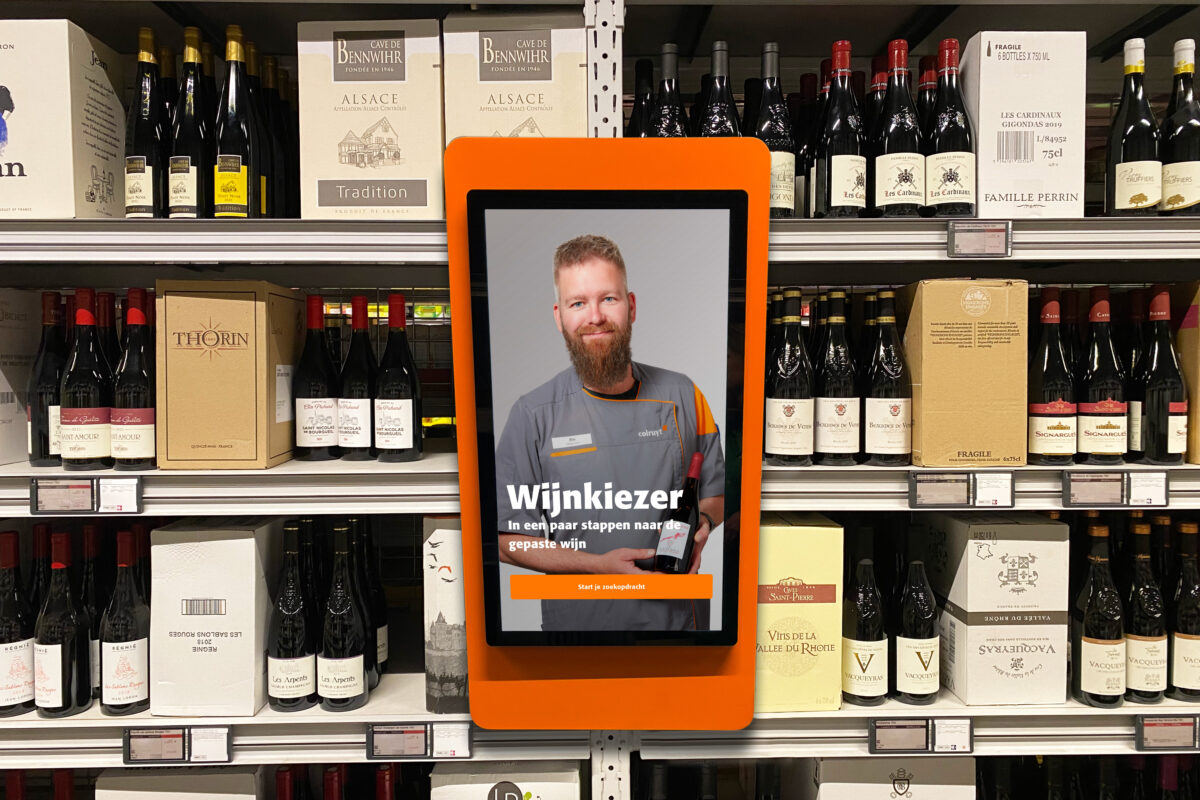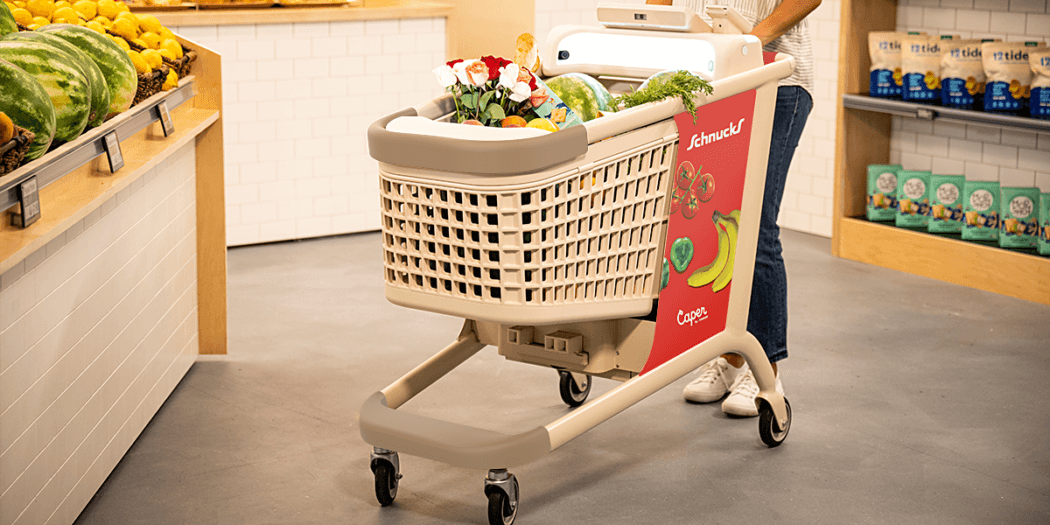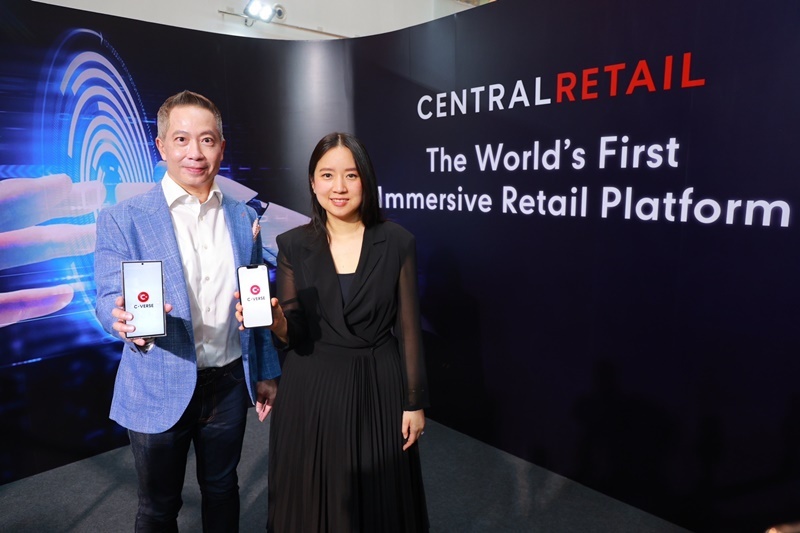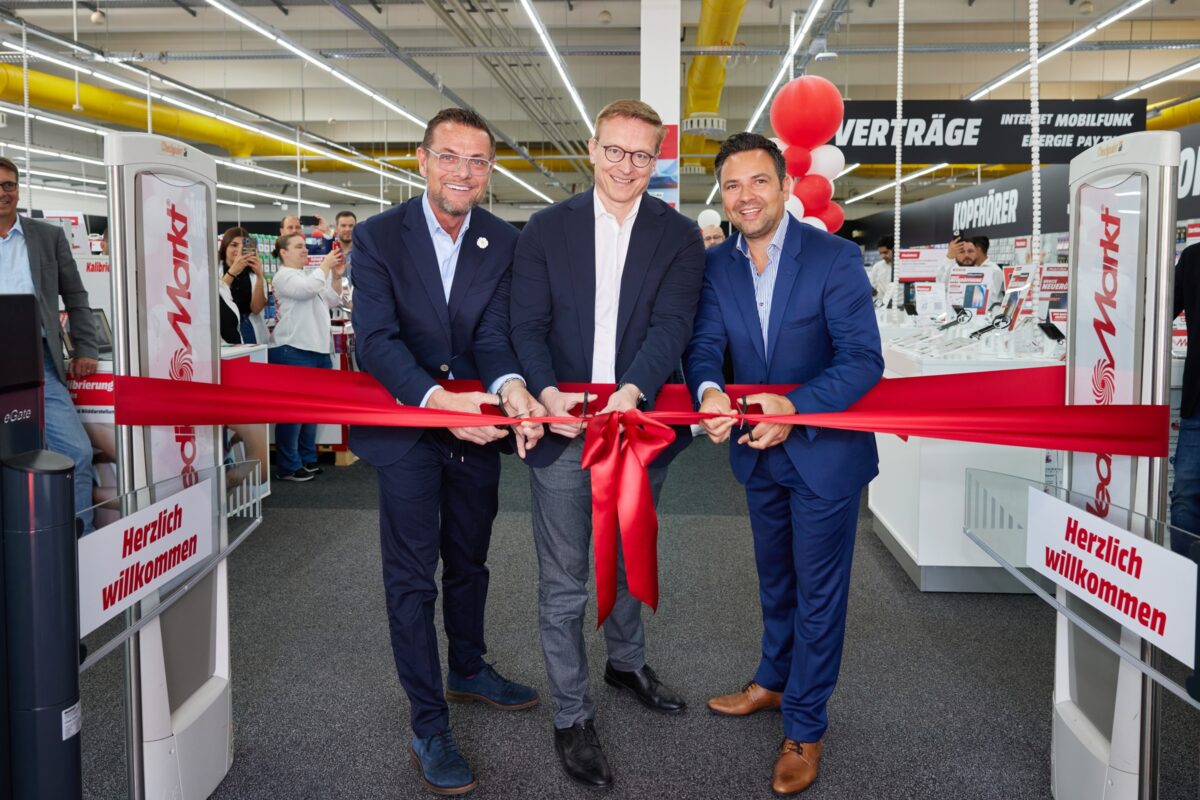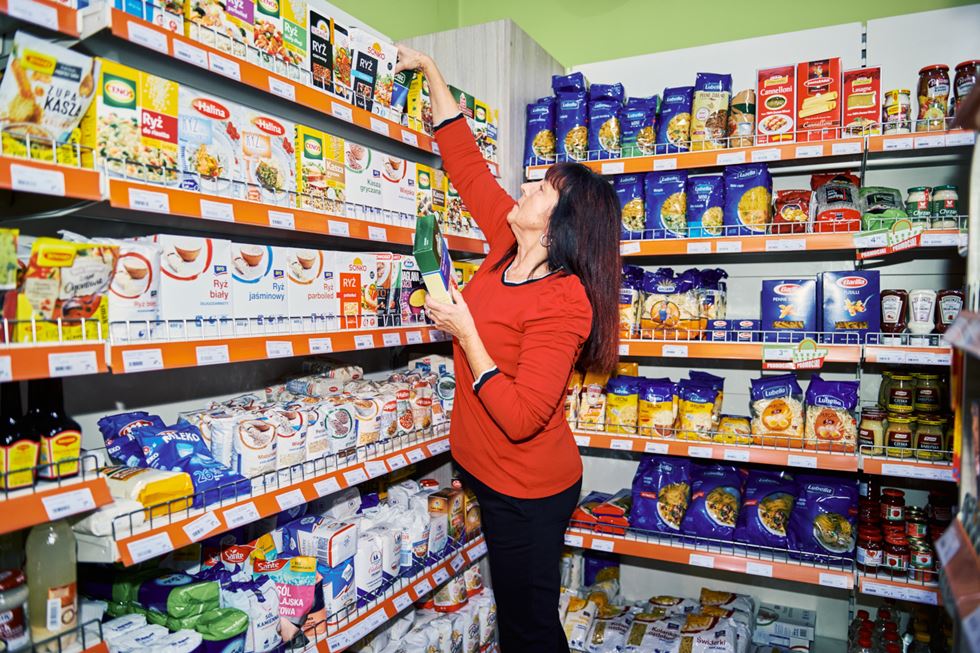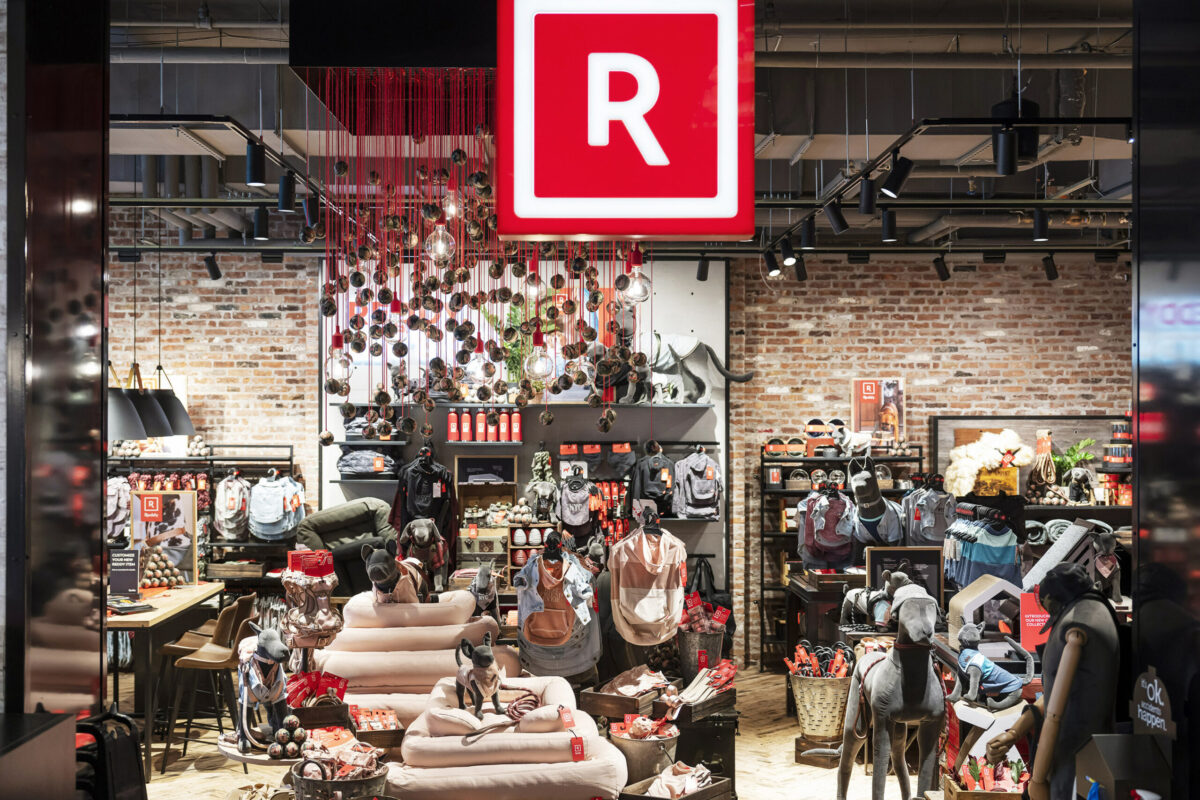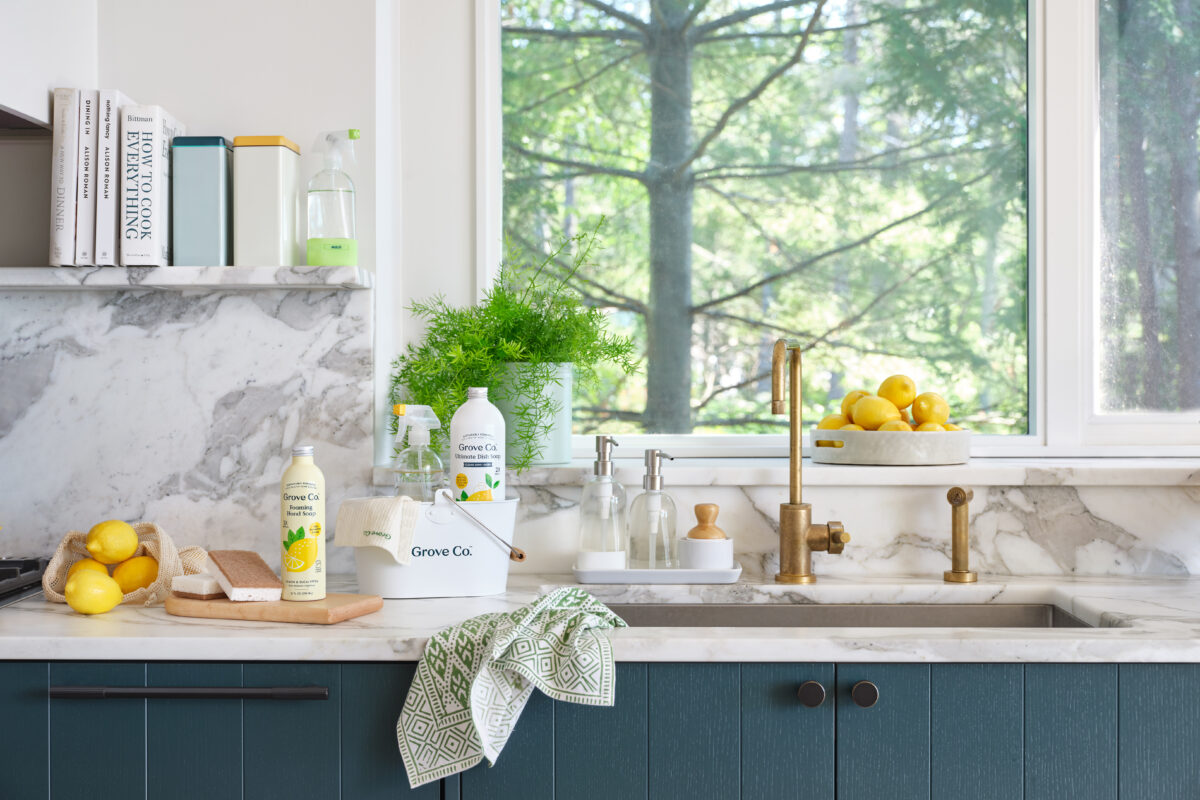Best practices of successful cross-channel customer experience in Europe
by Katja Laska (exclusively for EuroShop.mag)
Customers want to be met where they are: they use multiple sales and communication channels and prefer the convenience of shopping with speed and ease.
Retailers – both online and offline – who deliver this type of experience are on the path to success as multiple channels increase retail sales. Here are three European examples of retail merchants taking a multichannel approach to marketing, selling, and serving customers.
bonprix fashion connect store – a space where customer meets fashion
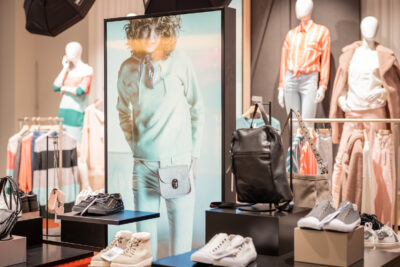
©Martin J. Kielmann
“Our ‘fashion connect’ concept aims to combine the best of both the online and offline worlds, showcase the latest fashion trends in a new way and put the customer center stage by offering solutions to solve the issues of traditional retail settings,” says Daniel Füchtenschnieder, Head of bonprix Retail. (Click here to read the full interview). He adds that this is not about the latest technology though it still is a big help and plays a key role: To shop at the store, customers open store mode in the bonprix app on their mobile device and scan the QR code at the entrance check-in. You can also download the bonprix app to your phone using the in-store WiFi network. Customers can also borrow an in-store device if needed. Now they are ready to shop using the “virtual shopping bag”. Every item has its own QR code. If customers like the item, they simply scan the code on the digital label and specify their preferred size to add it to the shopping bag. The customer will be notified via the app when the fitting room is ready with the contents of the shopping bag. A large display in the fitting room displays the app and indicates the next steps. If the item doesn’t fit, the customer can use the display to request a different size to be delivered straight to the fitting room. Once the shopper has chosen the items she wants to keep, she can place them inside the shopping bag and leaves the fitting room. The shopping bag updates automatically thanks to the latest RFID technology. The shopper then chooses her preferred payment method. Customers can pay via PayPal using the app, via debit/credit card at the self-checkout or by using cash at the cash register manned by a bonprix associate. There is no need to unlock a clothing security device.
Sephora – cosmetics on every channel

©2017 Getty Images/Sephora
French multinational retailer of personal care and beauty products Sephora operates over 1,700 stores in 30 countries around the globe and is known for its omnichannel expertise. The personalized shopping experience starts on the company webpage as you look for the nearest store location: the website tracks the visitor’s location to indicate the nearest store and its current “happenings” and services. Once you found your store, your omnichannel journey continues since the stores are fantastic playgrounds for beauty fans. Many shops – including locations in the US – are connected. Sephora’s mobile app uses location-based marketing to recognize when a consumer enters the store and serve up relevant information from a store map to deals. Make-up artists use iPads and other mobile devices with clients to showcase different make-ups, eyeshadows, lipsticks, and other make-up accessories. Helping shoppers to find the perfect match. With a few clicks of their iPhone, employees can order the items right at the counter and have them shipped directly to the customer. But the omnichannel experience does not end once the customer leaves the store. Associates scan the items customers have tested, ensuring that a summary of all product names and information is sent to the customer’s email address. Last year, Sephora has expanded its online reach and customer engagement by exploring new channels such as livestream shopping and by allowing users to shop directly from a store’s social media feed (Read more about the social commerce trend here). In the US, the company rolled out Instagram checkout. “Our clients engage with social media in so many ways, like drawing inspiration from the community, getting tips from experts or learning about new beauty trends [..] We’re excited to give customers [..] a new, seamless, direct, and secure way to shop across our brands’ accounts, while still getting the perks of being a Sephora client,” said Carolyn Bojanowski, SVP and GM of eCommerce for Sephora in a press release.
Albert Hejn – intelligent and personalized grocery shopping
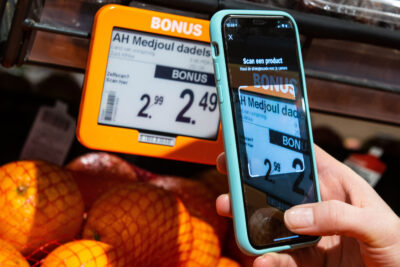
©yasminhargreavesphotography /Albert Heijn
Albert Heijn is the largest supermarket chain in the Netherlands and cleverly manages to combine the online shopping experience with in-store shopping. Customers can use the proprietary AH app, store their customer card, and collect bonus points. The app also delivers information about various promotions and discounts and allows customers to save promotional codes and create personalized shopping lists. Shoppers in need of inspiration have several ways to find it and to adjust their grocery list accordingly. Not sure what to eat? You can browse up to 17,000 recipe ideas from Albert Heijn partners and automatically add the respective ingredients to your shopping cart. Voice command now makes it possible to create lists and get cooking support from Google Assistant to prepare the tasty recipes.
What makes this unique: customer loyalty makes grocery shopping even easier thanks to AI. The retailer partnered with Microsoft to create an AI-powered solution called “Predict My List”. “By capturing, storing, and analyzing online and offline shopping data – such as past purchases, location and even time of year – in the cloud, Albert Heijn is using AI to predict and recommend more optimal shopping lists, alternative groceries, recipes, and more for its 10 million weekly customers,” according to the software developer. The customer no longer needs to worry as the AI technology uses insights from past shopping lists and previously purchased items. Via the app, customers can choose whether they want to have items delivered, pick them up or visit the store in person. If they choose the latter, the solution shows them which route to take at the supermarket to save time. To make things even more convenient, customers can take items, scan them, and then put them into their basket. These app functions are just some of the many touchpoints the grocery chain uses to meet customers where they are and interact with them across multiple channels to enhance the customer journey.
All these examples illustrate that brick and mortar is alive and well, but needs a little tweaking and some new, fresh ideas – to extend things, so to speak. Adding ecommerce elements to the mix improves the customer journey and enriches the customer experience. Omnichannel services play a crucial role in the retail strategy as they are an excellent way to attract new customers and increase brand loyalty of existing customers. Your creativity is the only limit when it comes to expanding your omnichannel concept.






